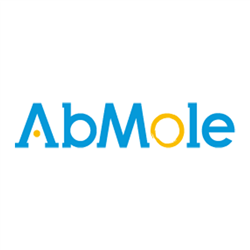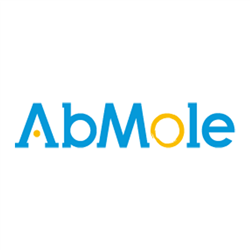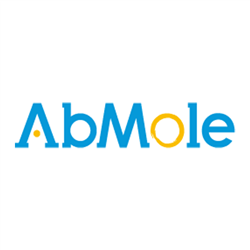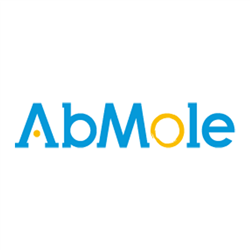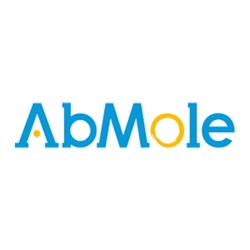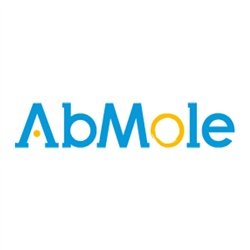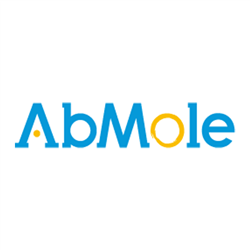Protein
- Instrumentos
- Agitadores / Agit. Incubadores
- Orbitales
- Con Incubación
- Incubadores Gran Capacidad
- Lineales, Balanceo y 3D
- Incubadores Microplacas
- Para colocar en estufa
- Magnéticos
- Mezcladores /Roller /Rotatorios
- Agitadores de Paletas
- Jeio Tech Accesorios para Agitadores
- Benchmark Accesorios para Agitadores
- N-Biotek Accesorios para Agitadores
- Biosan Accesorios para Agitadores
- Labnet Int. Accesorios para Agitadores
- Vórtex
- Analisis Imagen, animales, plantas, geles
- Balanzas
- Baños Termostáticos
- Cabinas Flujo / Extraccion gases / PCR
- Centrifugas
- Detectores de Radioactividad
- Electroforesis
- Electroquímica
- Equipos Microplacas
- Espectrofotometros
- Experimentacion Animal
- Hornos de Hibridacion
- Homogeneizadores
- Estufas / Equipos calor, frio
- Luminómetros de Tubos
- Microbiologia
- Pipetas / Dispensadores
- Pipetas Labnet Int. Monocanales Automaticos
- Pipetas HTL Monocanales Automáticas
- Pipeta Accumax Mono y Multicanales
- Pipetas Labnet Int. Multicanales
- Pipetas HTL Multicanales
- Pipetas Volumen Fijo
- Pipetas Electrónicas
- Dispensadores
- Dispensadores de Botella
- Pipetas Biosan Monocanales
- Pipetas Biosan Multicanales
- PCR / Tiempo Real (qPCR)l / Cicladores
- QPCR, Sistemas automaticos
- Sonicadores / Ultrasonidos
- Ultracongeladores
- Bombas Jeringa / Vacio / Osmoticas
- Ultracentrífugas
- Micro Array label free
- Contadores de Células
- Contenedores Criogenicos
- Producción agua ultrapura
- Electrospinning
- Agitadores / Agit. Incubadores
- Reactivos
- Consumibles
- Catálogos PDF
Protein Hay 17559 productos.
Recombinant Rat CXCL16 Protein (HEK293, C-His)
C-X-C motif chemokine 16 (CXCL16) is a single-pass type I membrane protein which belongs to the intercrine alpha (chemokine CxC) family. CXCL16 is a protein which shares pattern recognition receptor functions, relevant for adhesion and phagocytosis of bacterial products, with the properties of an adhesion molecule and inflammatory chemokine.
Recombinant Human Periostin Protein (Mammalian, C-6His)
POSTN (Periostin, OSF-2) is a secreted, homodimeric protein that belongs to the periostin family of the FAS1 superfamily of molecules. It is a TGF-beta inducible molecule that serves as both an adhesion molecule and tumor suppressor.
Recombinant Human Periostin Protein (Mammalian, C-6His)
POSTN (Periostin, OSF-2) is a secreted, homodimeric protein that belongs to the periostin family of the FAS1 superfamily of molecules. It is a TGF-beta inducible molecule that serves as both an adhesion molecule and tumor suppressor.
Recombinant Human AP2 Gamma/TFAP2C Protein (E. coli, His Tag)
TFAP2C, also known as AP2-GAMMA, is a member of the activating protein 2 family of transcription factors. TFAP2C may be prognostic indicators for breast tumors.
Recombinant Human Integrin alpha V beta 3 Protein (HEK293, C-His)
Integrin alpha-V & beta-3 (ITGAV/ITGB3) is a receptor for cytotactin, fibronectin, laminin, matrix metalloproteinase-2, osteopontin, osteomodulin, prothrombin, thrombospondin, vitronectin and von Willebrand factor.
Recombinant Human Thrombospondin-1 Protein (E. coli, N-His)
Thrombospondin-1 (THBS1; TSP1) regulates a wide range of cellular functions including their interactions with other cells and with the extracellular matrix (ECM). TSP-1 counteracts the angiogenic, hypotensive, and antithrombotic effects of nitric oxide (NO). It binds and neutralizes VEGF, blocks VEGF R2 signaling on vascular endothelial cells(EC), and...
Recombinant Human Calreticulin Protein (HEK293, C-His)
Calreticulin acts as a main Ca(2+)-binding (storage) protein in the lumen of the endoplasmic reticulum. Calreticulin binds Ca2+ ions (a second messenger in signal transduction), rendering it inactive.
Recombinant Human Catalase/CAT (E.coli)
Catalase (CAT) is a member of the catalase family. Catalase promotes growth of cells including T-cells, B-cells, myeloid leukemia cells, melanoma cells, mastocytoma cells, and normal and transformed fibroblast cells.
Recombinant Human Catalase/CAT (E.coli)
Catalase (CAT) is a member of the catalase family. Catalase promotes growth of cells including T-cells, B-cells, myeloid leukemia cells, melanoma cells, mastocytoma cells, and normal and transformed fibroblast cells.
Recombinant Mouse Dectin-1 Protein (HEK293, His Tag)
Dectin-1 is the most important receptor for beta-glucan. Dectin-1 can recognize and respond to live fungal pathogens and is being increasingly appreciated as having a key role in the innate responses to these pathogens.
Recombinant Human Dectin-1 Protein (Mammalian, N-Fc)
Dectin-1 is the most important receptor for beta-glucan. It is a type II transmembrane protein which binds beta-1,3 and beta-1,6 glucans, and is expressed on most cells of the innate immune system and has been implicated in phagocytosis as well as killing of fungi by macrophages, neutrophils and dendritic cells.
Recombinant Human Dectin-1 Protein (Mammalian, N-Fc)
Dectin-1 is the most important receptor for beta-glucan. It is a type II transmembrane protein which binds beta-1,3 and beta-1,6 glucans, and is expressed on most cells of the innate immune system and has been implicated in phagocytosis as well as killing of fungi by macrophages, neutrophils and dendritic cells.

